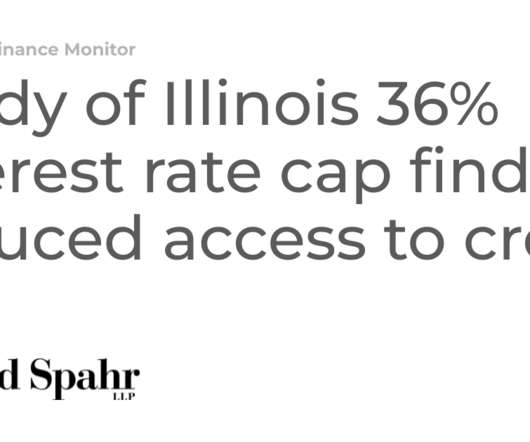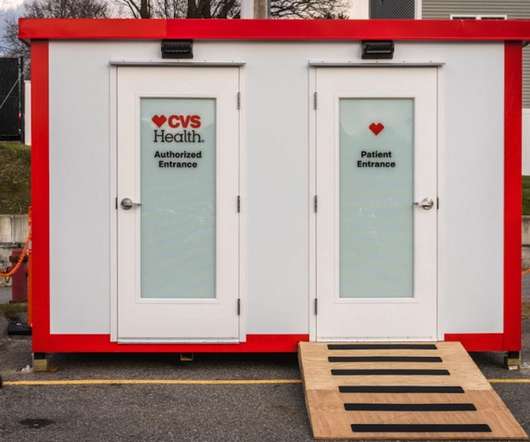Study of Illinois 36% interest rate cap finds reduced access to credit
CFPB Monitor
JANUARY 30, 2023
In recent blog posts, we discussed the efforts of both Michigan and New Mexico to impose a 36% annual interest rate cap. Last year, Congress took up the discussion of a national 36% annual interest rate cap. Over the past few years, numerous states have imposed interest rate caps on consumer credit. Continue Reading














Let's personalize your content